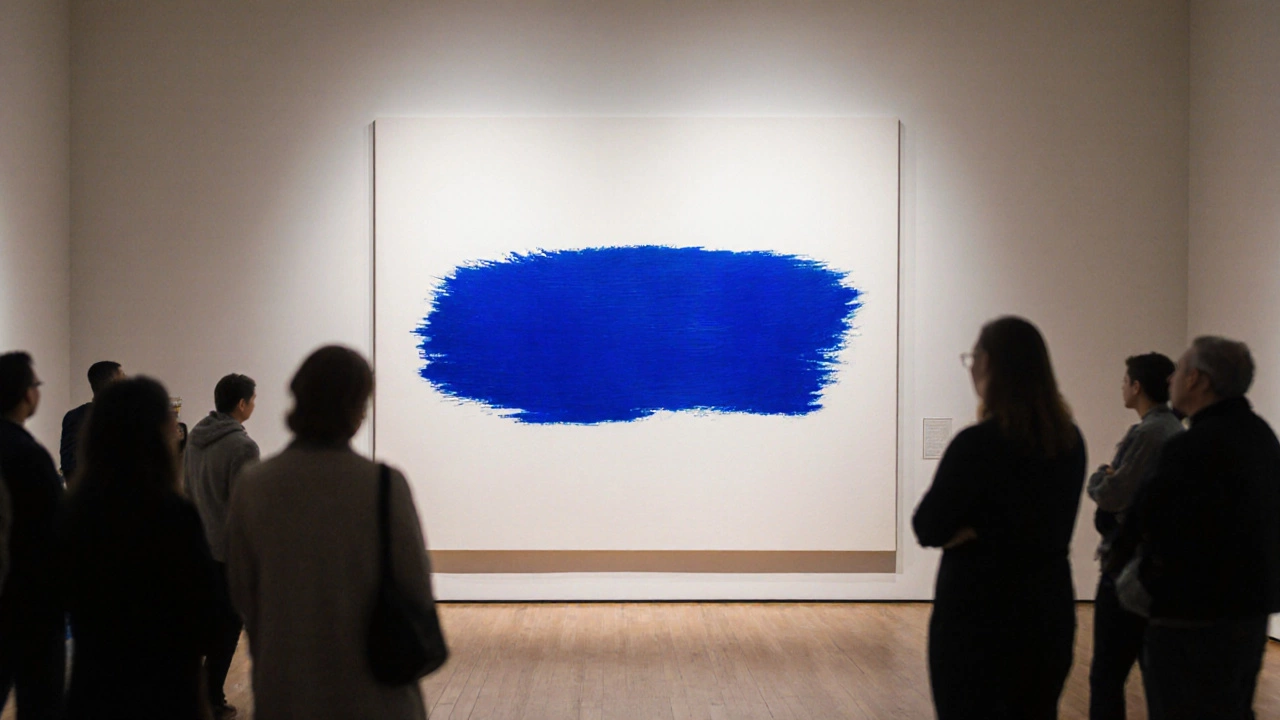Skill in Art: What It Really Means and Why It Matters
When we talk about skill in art, the ability to create visual work with intention, control, and emotional impact. Also known as artistic technique, it’s not about how well you copy a photo—it’s about how clearly you communicate something real through your hands. People often think skill means perfect proportions, smooth brushstrokes, or hyper-realistic details. But look at the top-selling abstract art or the most talked-about modern pieces—they don’t look "perfect." Yet they still move people. That’s because skill isn’t just technical. It’s decision-making. It’s knowing when to leave a stroke raw, when to let a shadow bleed, or when to break a rule so hard it becomes new language.
Real oil painting, a medium where layers, timing, and material behavior dictate the outcome. Also known as traditional painting, it requires patience and understanding of how paint behaves over days, not minutes. Professionals don’t start with light—they start with dark. Why? Because depth comes from building up, not wiping away. That’s skill. It’s not about having the best brushes. It’s about knowing how to make a dull painting glow with glazing, or how to use a spatula to add texture that screams emotion. And when you look at portrait painting, the challenge of capturing a person’s presence on canvas through value, shape, and subtle color shifts. Also known as figurative art, it demands more than accuracy—it needs soul. A good portrait doesn’t just look like someone. It makes you feel like you’ve met them. That’s skill too.
And what about abstract art, work that doesn’t represent reality but still carries meaning through color, form, and composition. Also known as non-representational art, it’s often called "easy"—but only because the skill is hidden. Rothko didn’t just slap on color. He spent years learning how two shades of red could make someone cry. That’s not luck. That’s mastery. Skill in art isn’t about being able to draw a nose. It’s about knowing when not to draw it at all. It’s about choosing the right moment to let chaos work for you. It’s about turning a mistake into a breakthrough.
What you’ll find in the posts below isn’t a list of "how to draw better." It’s a look at what skill actually looks like across different styles, mediums, and markets. From the hidden rules of oil painting to why some portraits sell for $50,000 and others sit unsold, from how galleries judge technical ability versus originality to why people hate modern art—and why that doesn’t mean it’s bad. These aren’t theory lessons. These are real stories from artists, buyers, and critics who’ve seen what works—and what doesn’t—when skill meets the real world.
